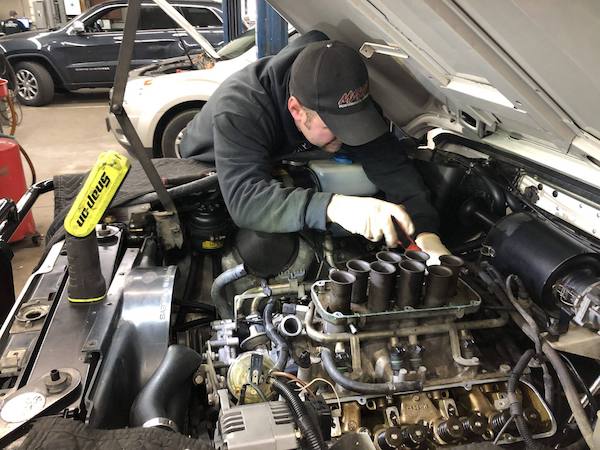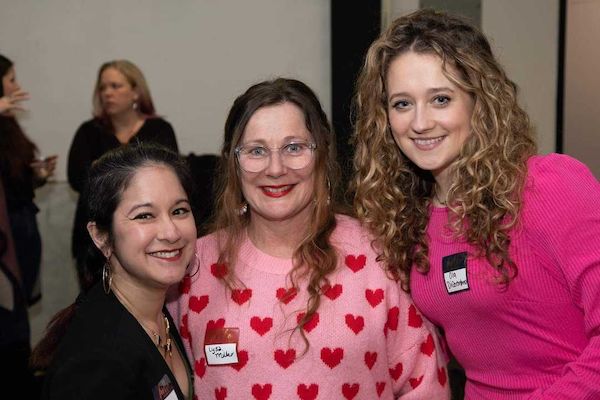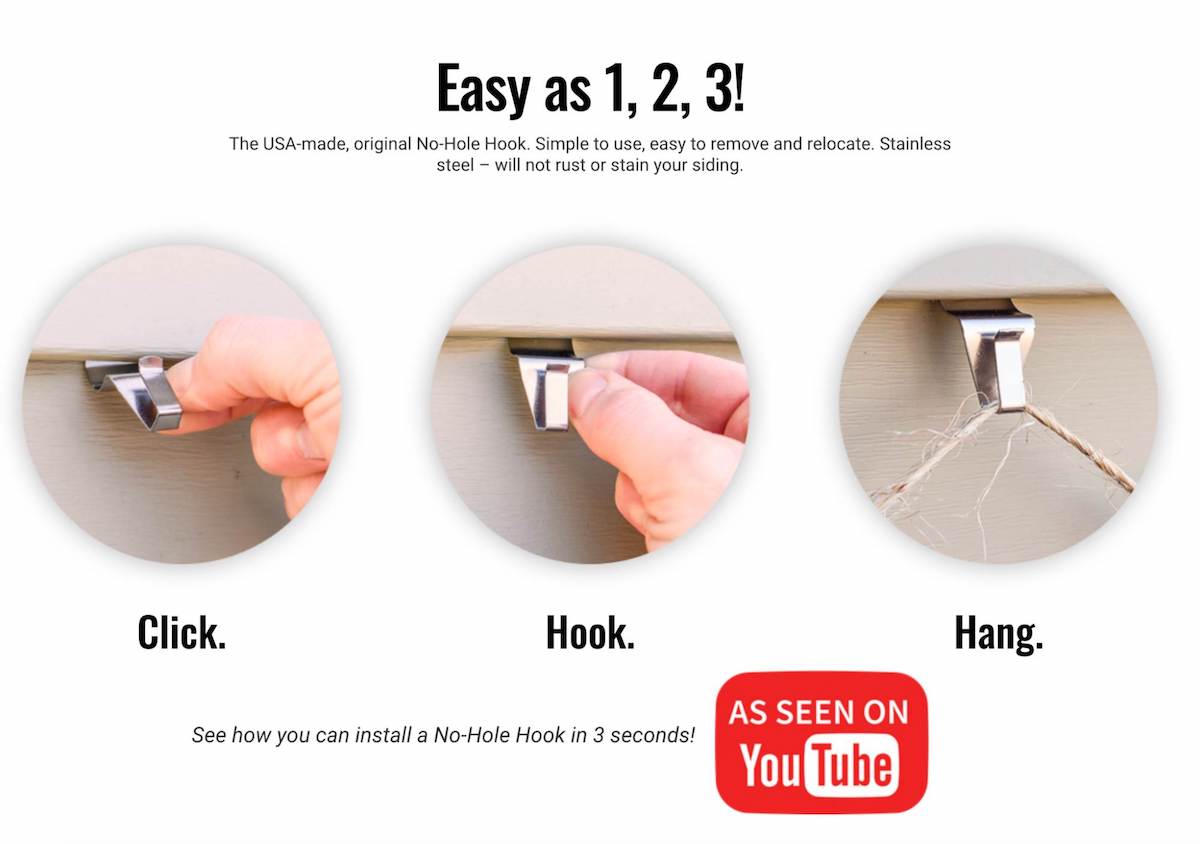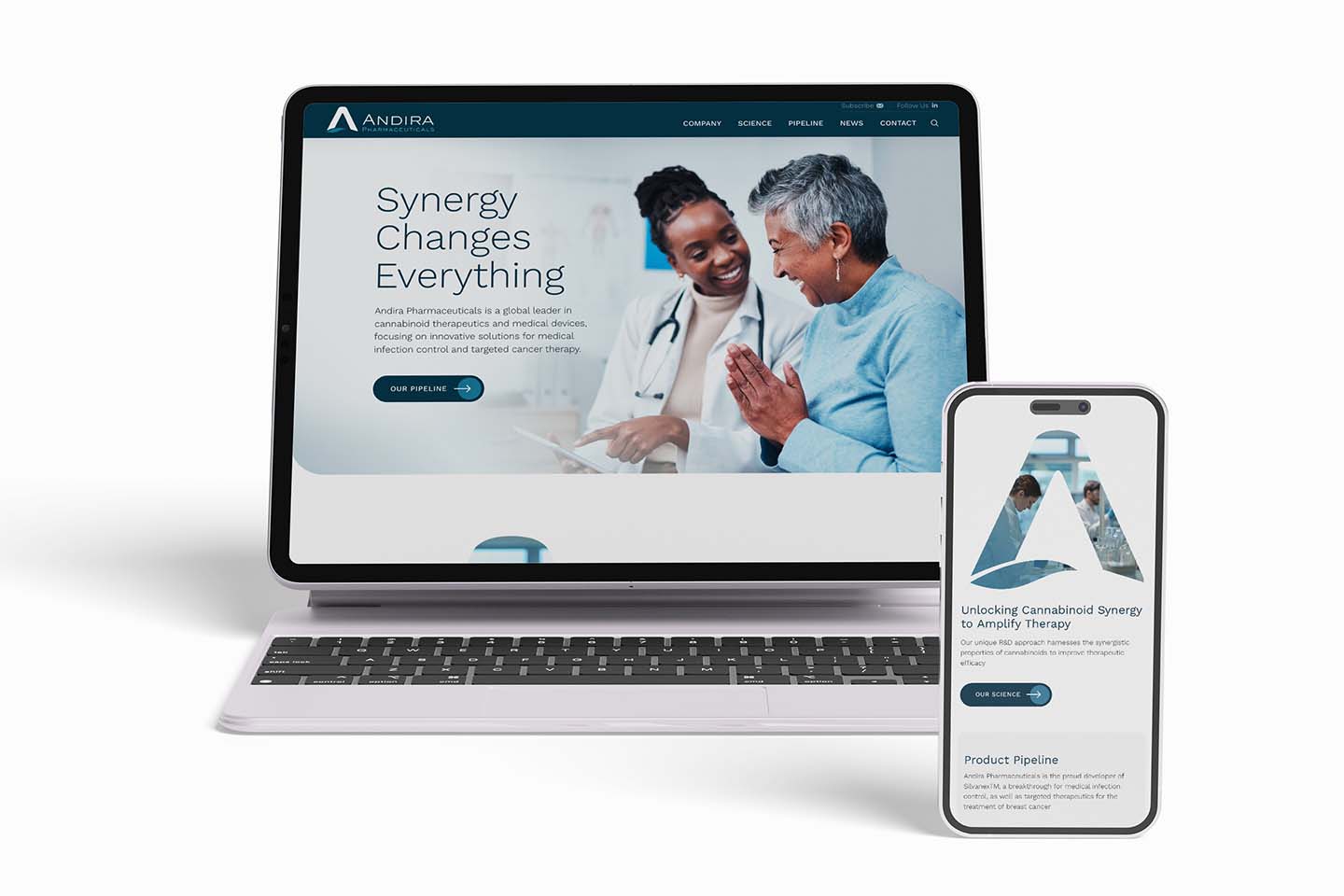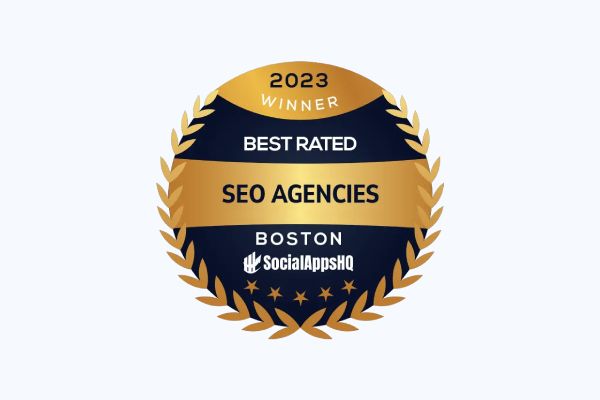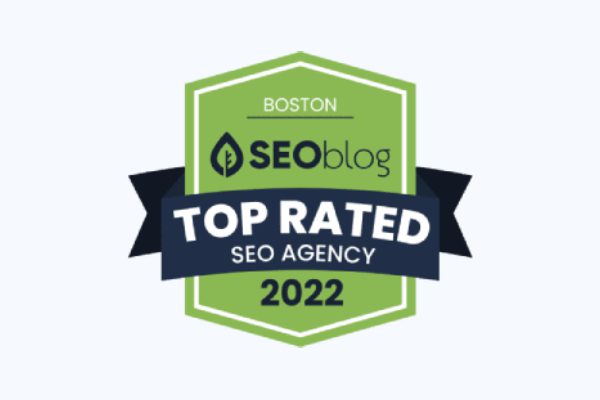Once, designers could overlook images in web design, or at the very least, could use poor-quality images with few repercussions. But as web design grows more minimalist and bold, excellent web design photography becomes a must.
Great photography will elevate a website and help it stand out visually, improving user engagement and can effectively share information the user desires. Images are usually the first element a viewer sees when they click on your website, and first impressions are key to having that user stay on your site.
1. Custom professional headshots and team photos
Whether you have just yourself, or an entire team of employees, professional headshots on your website are a must. Custom professional headshots featured on your website establish credibility and professionalism, and they are also personalized to your company and brand.
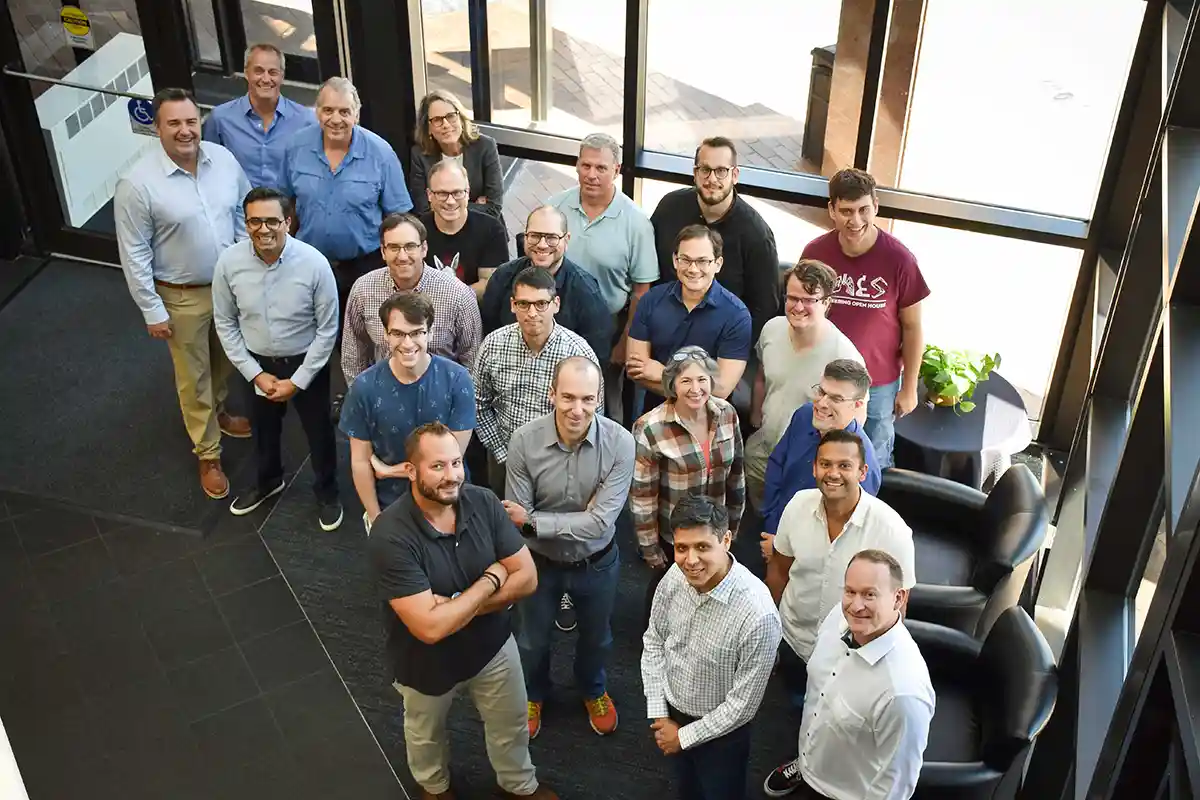
Professional headshots are great to use for the about page on your website, where you can highlight team members with their personal biographies and social media handles. A professional photo for each biography gives a face to the name and captures your team effectively. These headshots can also be used throughout the year for specific blog posts, team member birthdays, and individual successes you may want to highlight as a company.
In addition to custom professional headshots, a professional full team photo is a great image to feature on your About page before the viewer sees the individual headshots, and helps reflect your brand.

2. Photos around the office
Candid professional photos of individuals and groups can also be featured on your website to give it a custom, branded look. Candid professional photos featuring different team members in different locations, such as an office table, a set of chairs, or conference room helps showcase who you are as a company visually.
These photos can capture office life, including the office’s location, how the office space looks, logos, signs, equipment, or anything that helps tell your story. These candid photos can also be repurposed and used on social media, email newsletters, blog posts, and external press.

3. Behind-the-scenes photos
Capturing photos of the action from a different perspective can show relatability to your viewers. Images taken from a different view have the capability to offer a sense of genuineness behind your company and brand. It helps illustrate who you are and what you do. This can actually make you more approachable, as the human emotion and story shown behind images like these can ignite viewers to want to learn and hear from you more.
Behind the scenes photos can be taken during a process your company regularly does, such as packing products for shipments if you sell a product, or a photo of someone taking a photo for your social media.
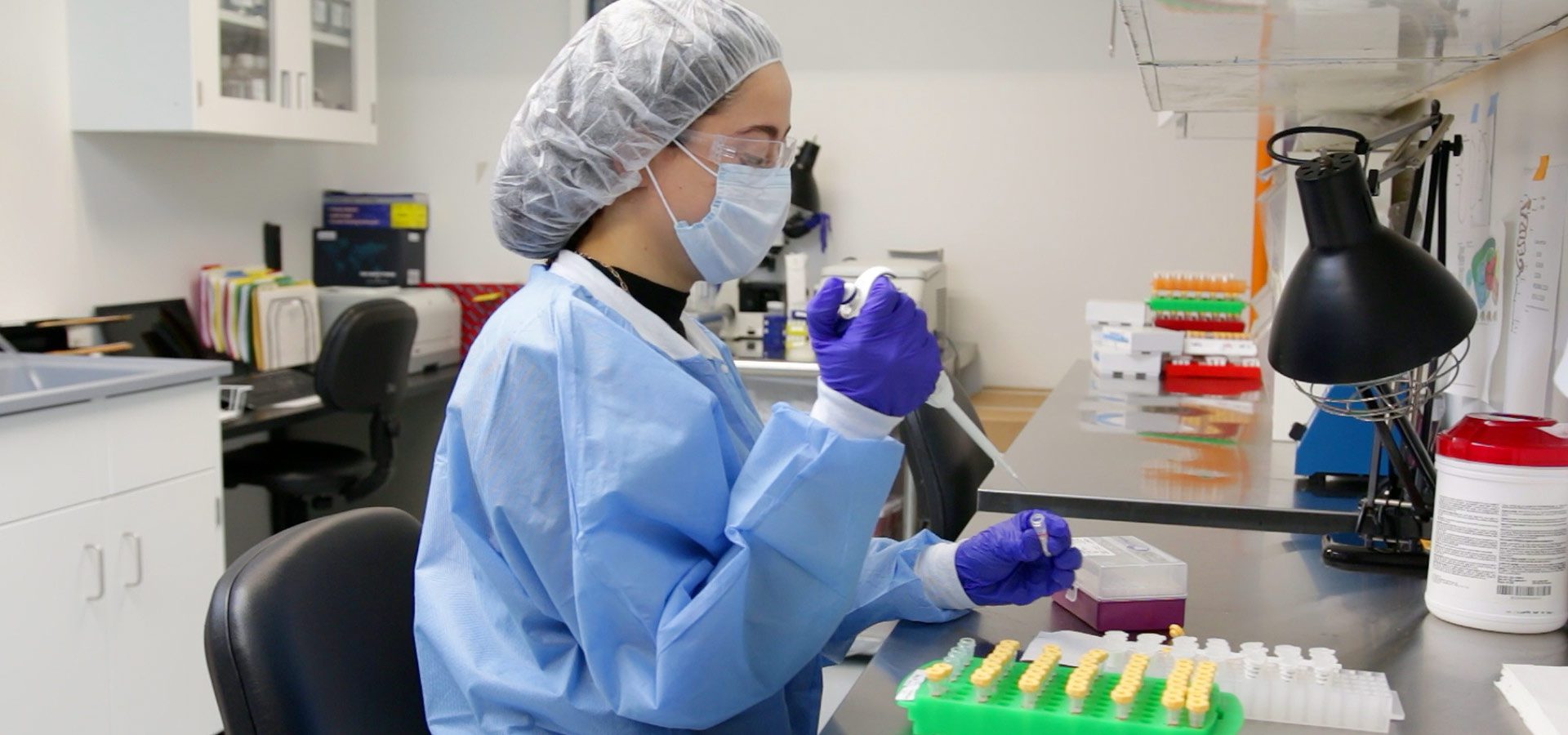
4. Photos capturing relationships between you and clients
Getting photographed with your clients establishes your credibility and the history you have built with real people. Images featuring you and your clients shows you have great relationships with your clients and your ongoing support for them. This can also include photography of any events you attend where your client is hosting.
Photographs featuring you with your clients can be used on the page that explain your services or even your About page. These photos can also be used alongside any testimonials on your site, or in your portfolio of work you have done for clients.
In addition, if a current or past client visits your site, they love seeing themselves featured, or a viewer may see someone familiar, increasing the likelihood of them contacting you.
5. Professional images of your business
If you sell products, having professional images of those items on your website is rule number one. Your homepage should either have the latest items or the top products you sell, or whichever product you are known for.
If you offer a service: any products related to that service can be featured in professional photography on your website, but it can be as simple as people sitting candidly in a meeting or greeting each other.
6. Community-related/event photography
Community-related photography is great for your blog or the news section of your website. Participating in community events can be very heartfelt and inspiring, and photos capture those emotions well.
This type of photography showcases your love and dedication to the community, as well as your knowledge and participation in events in the local community or industry. With this type of photography, your business can spread awareness about different organizations and charities around you that make a huge difference.
7. Product photography for physical or digital products
As discussed earlier, having professional images of products you sell (if you do) should be a priority for images on your website. These images should have a look and feel that aligns with your brand and identity as a company. Images should be taken from different angles and distances to showcase your products in the best way possible. If the viewer is able to imagine the physical product in real life in a 360-view, then your photography does a great job of capturing the products.
In addition, the products that you sell may either be physical or digital products. Digital products are not an exception to product photography and still need images even though they live online and aren’t a true physical product.
8. Stylized photos for website
Having a stylized photo shoot specifically for use on your website is a great way to cater to what you want to show your viewers, as well as a great opportunity to refresh what is already on your website.
An example of this would be a professional image of a closeup of a book. These images you capture should resemble typical stock photos you would find on Adobe Stock. But since they are your own, it gives you the opportunity to really hone in on your branding and the story you want to tell.
9. Highlighting key figures with a brand shoot
Similar to a stylized photo shoot of products, you can also do this for an individual. Having a brand shoot for a key figure in your company, or someone you may want to highlight, like a founder or owner, is a great way to help capture the creation story of your brand. These photos can be used on your website’s About page, or where you share the history of your company (where it all started). These photos can also be used for the individual’s personal use, on LinkedIn, or any social media channels, as well as for any external press or interviews.
Below is an example brand shoot we did for Lysa Miller, founder of Ladybugz Interactive Agency. The photos were captured by Lis Rock Photography and the location of the shoot was at The Landing in Hudson Mills, Hudson MA, where our agency office is located. The exposed brick contrasting with the vibrant red perfectly captures the Ladybugz feel and how it is “not your average digital agency”.
10. A “how to” photoshoot describing a step-by step process
Having a “how to” photoshoot for your website or blog is a great way to accurately describe the process of something visually. Including multiple images aligning with the steps of a particular process is a great way to effectively inform the reader on a process you want them to know. It shows the details of specific actions or steps to take to complete something.
Images are great to include with a process being described because sometimes people learn steps better when they see a visual representation of what is being done. The combination of written steps and great professional photography can effectively inform the viewer on the process. An example of this would be a group of photos that show how to install something, such as the No-Hole Hook below.
The result? A polished digital presence.
In conclusion, incorporating these 10 types of photography on your website can really up-level your business and make you stand out from the rest.
Custom professional photography that speaks your brand and has a personalized look makes you more approachable and genuine to the viewer. It is worth investing in professional photography for your website to give your business that polished digital presence.
